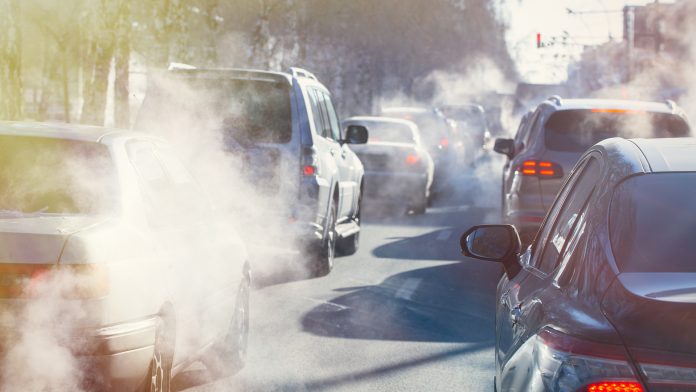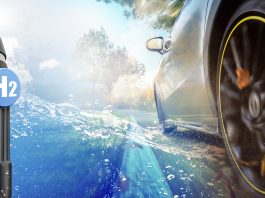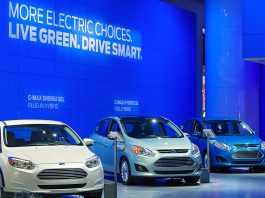The US Environmental Protection Agency (EPA) has revealed new federal vehicle emissions standards to boost electric vehicle (EV) sales.
The proposed vehicle emissions standards will provide a range of benefits to the US, including improving air quality nationwide, reducing around ten billion tons of CO2 emissions (more than double the US’ CO2 emissions in 2022), and saving approximately 20 billion barrels of oil imports.
The EPA is confident that the vehicle emissions standards will help accelerate the adoption of technologies that reduce fuel consumption and maintenance costs, which will save consumers an average of $12,000 over the lifetime of a light-duty vehicle. Overall, the EPA estimates the measures would save over $1tr.
Additionally, the new standards would help to mitigate premature deaths due to cardiovascular and respiratory conditions by reducing air pollution.
Michael Regan, the EPA Administrator, said: “By proposing the most ambitious pollution standards ever for cars and trucks, we are delivering on the Biden-Harris Administration’s promise to protect people and the planet, securing critical reductions in dangerous air and climate pollution and ensuring significant economic benefits like lower fuel and maintenance costs for families.
“These ambitious standards are readily achievable thanks to President Biden’s Investing in America agenda, which is already driving historic progress to build more American-made electric cars and secure America’s global competitiveness.”
EV sales are rising exponentially in the US
The US has set a target of prohibiting the sales of all new petrol- and diesel-powered vehicles from 2035 – a policy that has already influenced motorists across the nation to get ahead of the transport curve and switch to EVs.
Since the start of Joe Biden’s Presidency, the uptake of zero-emission vehicles has risen significantly. The number of EV sales has increased three-fold, whilst the number of models on the market has doubled.

The US has optimised the country’s EV charging infrastructure, boasting more than 130,000 public chargers, representing a 40% increase since 2020. The US private sector has also pledged over $120bn in domestic EV and battery investments since the introduction of the Inflation Reduction Act.
The latest vehicle emissions standards will help to further boost the country’s EV ambitions.
What do the new vehicle emissions standards state?
The first set of vehicle emissions standards is the ‘Multi-Pollutant Emissions Standards for Model Years 2027 and Later Light-Duty and Medium Duty Vehicles’, which builds on EPA’s previous emissions standards for passenger cars and light trucks for model year (MY) 2023 to 2026.’
The new proposal will advance clean car technologies to reduce climate pollution and emissions. The standards are designed to enable car manufacturers to meet the performance-based standards however works best for their vehicle fleets.
The EPA believes that the total net benefits of the proposal between 2027 and 2055 will be between $850bn to $1.6tr and will help eliminate 7.3 billion tonnes of CO2 emissions. This is the equivalent of all the current greenhouse gas emissions in the US transport sector for four years.
The new vehicle emissions standards could significantly increase EV uptake. The EPA forecasts that EVs could account for 67% of new light-duty vehicle sales and 46% of new medium-duty vehicle sales in MY 2032, with the new regulations reducing fleet average greenhouse gases by 56% compared to current standards.
The second set of vehicle emissions standards is the ‘Greenhouse Gas Standards for Heavy-Duty Vehicles – Phase 3’ and applies to delivery trucks, refuse hauliers or dump trucks, public utility trucks, transit, shuttle, school buses, and trucks used to haul freight.
The projected net benefits of the proposal range from $180bn to $320bn and will avoid 1.8 billion tonnes of CO2 through 2055 – equivalent to cutting the country’s entire greenhouse gas production for a whole year.
Both of the vehicle emissions standards would combine to significantly improve air quality and health outcomes for areas disproportionately impacted by vehicle pollution, such as those who live close to major roadways in primarily low-income communities.









